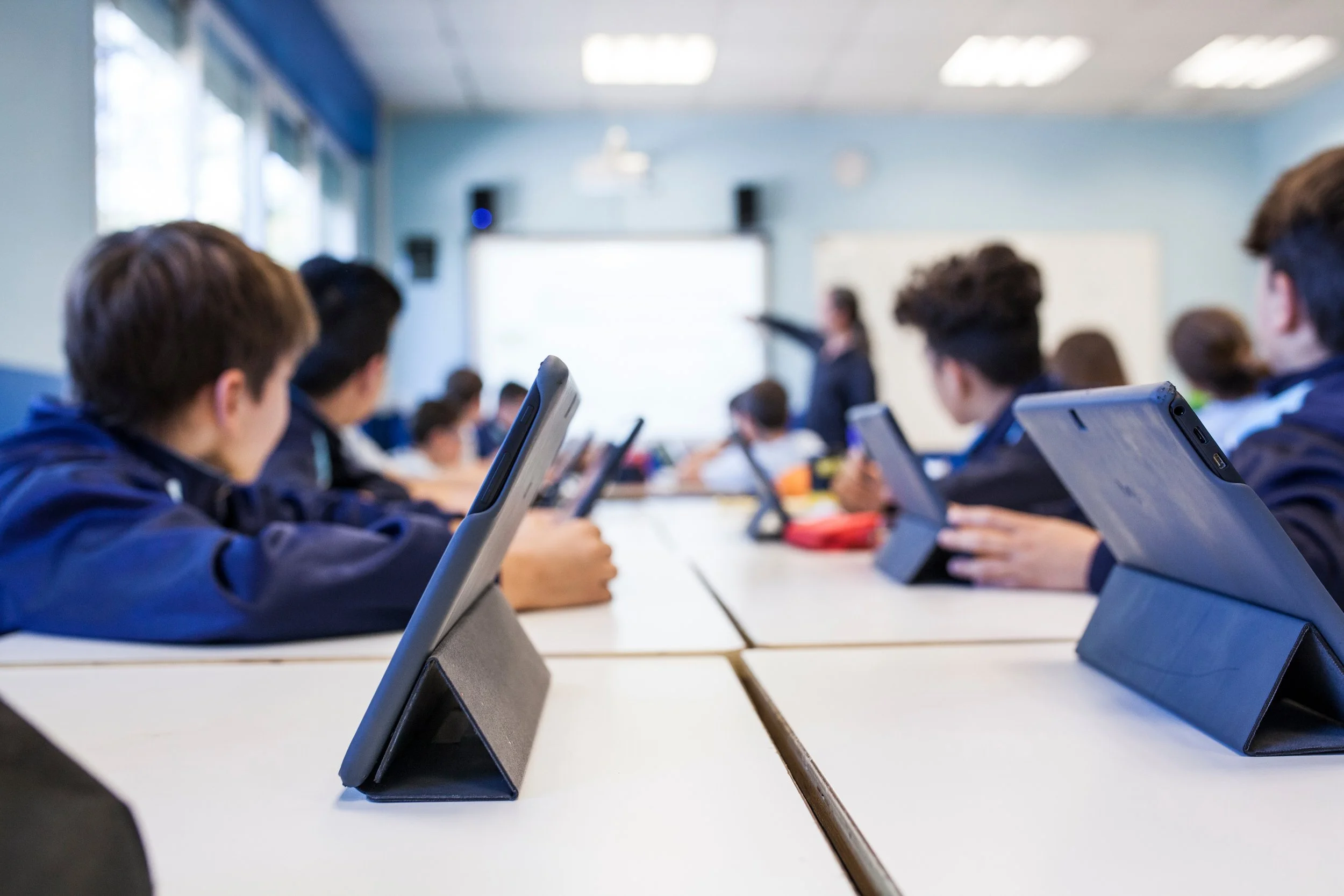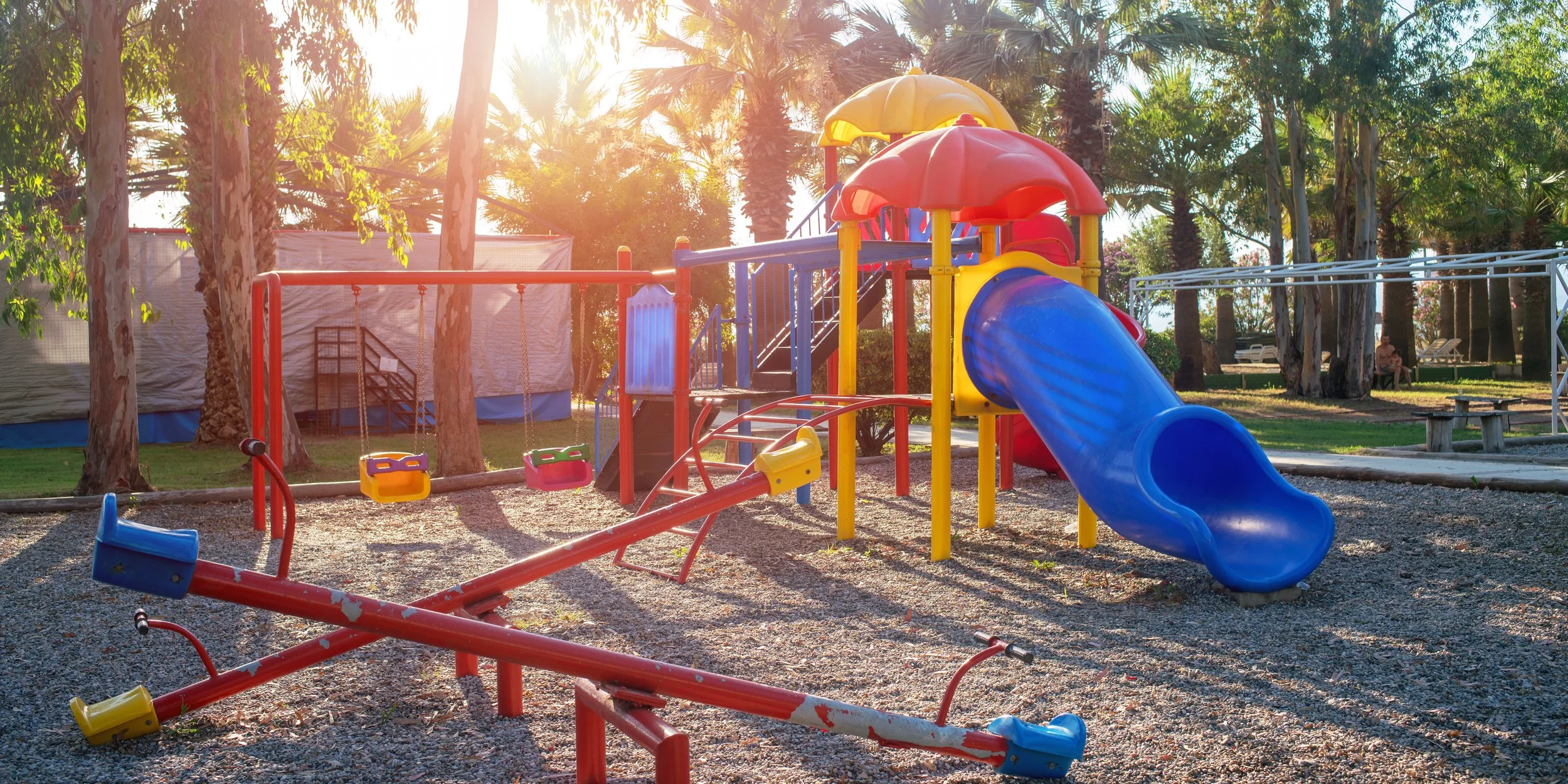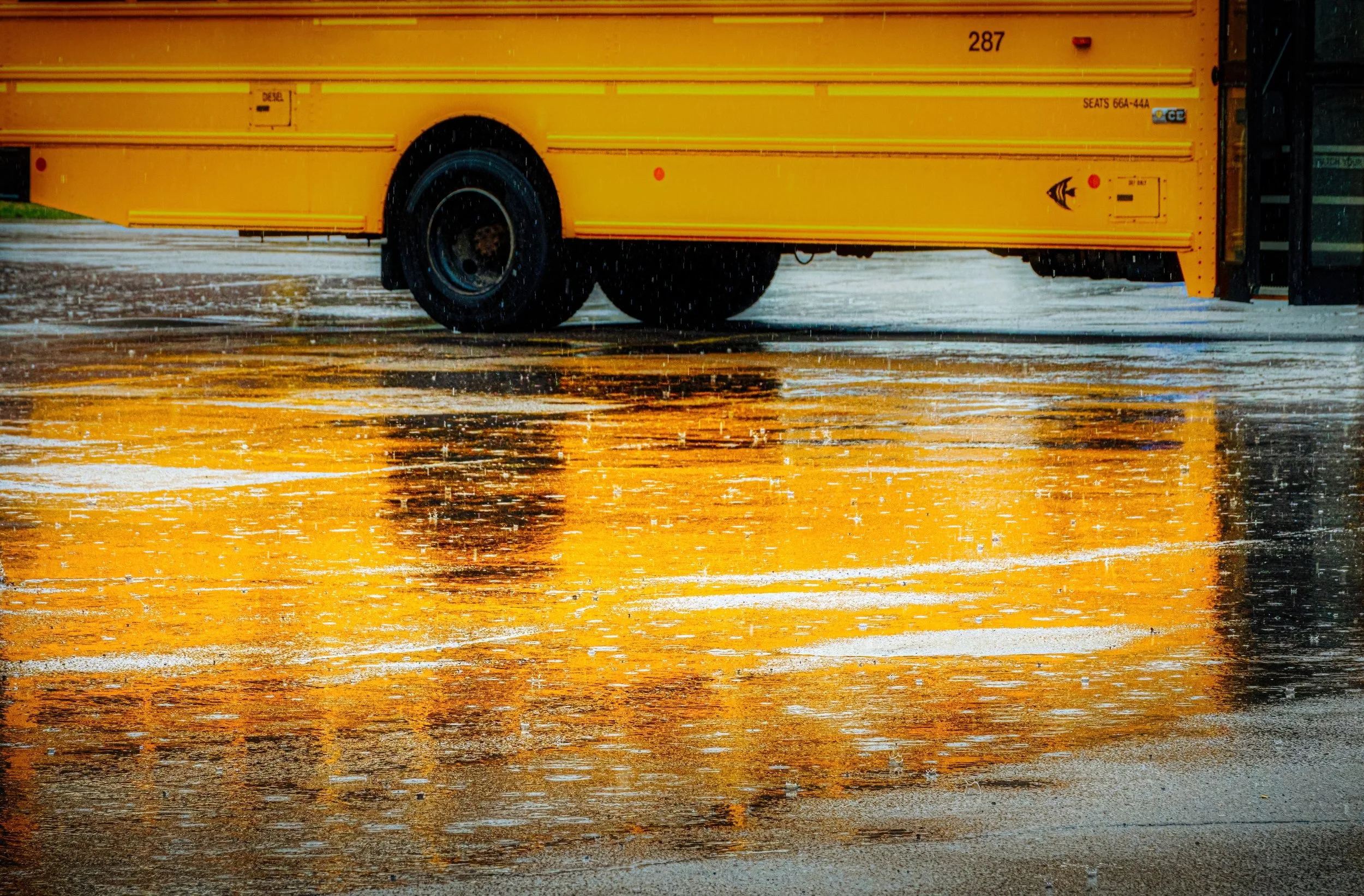When you need lighting for your building, you’re looking for a cost-effective solution to satisfy your needs. Read how CESA 11 got the best deal on lighting to not have to worry about energy costs or replacing bulbs for years to come.
A Checklist for Recess and Phy. Ed. Safety
One of the most important times in young children’s lives is during recess, physical education, or other times of active movement. Not only does it allow them to be active, but it’s also a time for learning new skills and a chance to socialize freely with others in their age group. Whether school is out for the summer or playtime is in full swing, you need to make sure everything is up to date and not putting anyone in danger. As such, here’s a checklist to go through to see if you’re providing a worry-free time of activity and fun.
Considerations for Disability-Accessible Vehicles
As we want to provide for the needs of all our students and other constituents, we want to carefully consider transportation for our school and events. School buses and other vehicles are specifically made to keep all riders safe and provide a way for all travelers, regardless of individual physical limitations, to get to and from your building. This article will provide thoughts to consider as you shop for vehicles to meet your specific needs, particularly for those with a physical disability.
How Can Districts Improve Communication with Immigrant and Newcomer Families? - By Ellen Ullman at Bloomz
In 2021, 1 in 4 children—or 18.4 million kids—were in an immigrant family, up from 1 in 5 children in the early 2000s, according to the Annie E. Casey Foundation. They are the fastest-growing segment of school-age students, and districts need to understand their potential to help them succeed. From encouraging family engagement to expanding the curriculum to include a variety of cultures and backgrounds, there are many steps administrators can take to build relationships with English learner and immigrant families.
Preparing and Navigating through a Natural Disaster
Wisconsin’s tornado season usually runs from April to September, with the peak being in June. Although there’s a very low chance of a worst-case scenario, you still want to be prepared for the sake of everyone who enters your building. This article will give you considerations on how to prepare, act, and then recover should you and your community ever be affected by a tornado or another natural disaster:










